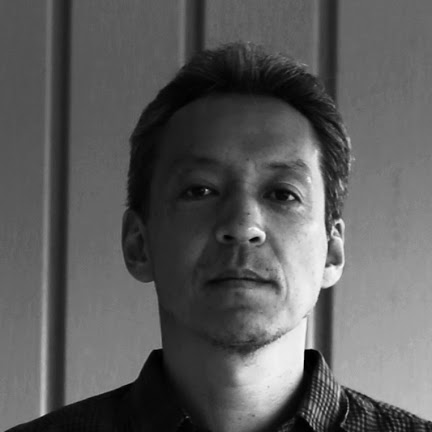S. Rossignol, G. Barrière, O. Alluin and A. Frigon
The CPG is defined as a spinal network of neurons capable of generating a rhythmic pattern consisting of alternating activity between flexor and extensor motoneurons on the same side with reciprocal activation of homologous motoneurons in the other limb of
the same girdle. In general, during walking or trotting, this network ensures that flexor motoneurons on one side are active with contralateral extensors and vice versa for extensor motoneurons.
...In such a preparation, rhythmic activity, evoked by injecting the noradrenaline precursor l-dihydroxyphenylalanine (L-DOPA), is recorded from peripheral muscle nerves and is termed “fictive locomotion.”
...Indeed, electrical stimulation of a circumscribed brain stem region called the mesencephalic locomotor region (MLR), ... Various gait patterns, such as walk, trot, and gallop, can be
evoked with increasing stimulation intensity.
...Other descending pathways release specific neurotransmitters, which are synthesized by cells in well defined brain stem nuclei (e.g., noradrenaline in the locus coeruleus and serotonin in the raphe and parapyramidal nuclei). These neurotransmitters exert powerful effects on the spinal circuitry and can change characteristics of the locomotor pattern.
...it is important to know that, after a complete spinal transection, most quadruped mammals will
recover some degree of locomotor function in the limbs below the lesion. Cats, rats, and mice can re-express hindlimb locomotion provided the spinal cord below the complete lesion is properly
stimulated, either pharmacologically or through locomotor training.
...locomotion is controlled at multiple levels of the central nervous system, and a subtle and intricate balance is established between these levels of control. This then leads to the question of how an optimal equilibrium is re-established when this exquisite balance is perturbed following lesions of the spinal cord.
...Instead of taking over lost spinal functions, remnant descending pathways or regenerating pathways could direct the reorganization of the spinal circuitry so that it can function optimally and with a greater level of independence so that, after the complete section, the full pattern of hindlimb locomotion can be expressed by an already autonomous CPG.
The main conclusion of this brief review of multiple types of lesions is that there are several ways through which the CNS and peripheral afferent inputs can access the spinal locomotor circuitry. This apparent redundancy points to the fact that the rhythm is generated at the spinal level and that various degrees of control levels can modulate this spinal circuitry through multiple pathways. The removal of certain pathways produces specific locomotor deficits, but the
spinal circuitry and other intact pathways are still able to optimize remnant locomotor functions.
Thursday, September 3, 2009
Re-expression of Locomotor Function After Partial Spinal Cord Injury
Labels:
CPG,
injury,
locomotion,
recovery,
spinal cord
Subscribe to:
Post Comments (Atom)

No comments:
Post a Comment